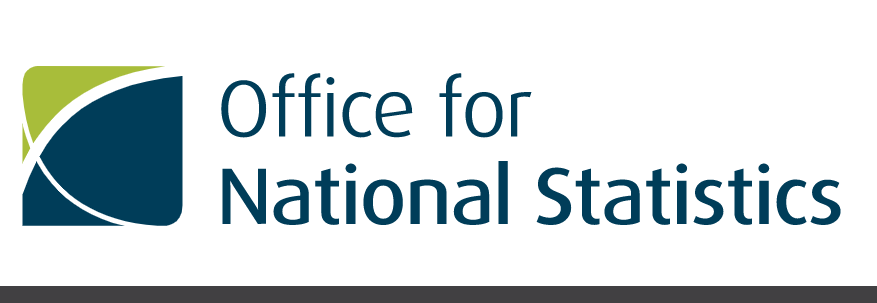UK Trade, 3rd Quarter 2023: The final element of the quarterly GDP figures from the ONS that we reported on last Friday is trade; because of significant distortions from trade in non-monetary gold, we will use the data and trends for the trade in goods excluding precious metals in this note.
For the total trade in goods excluding precious metals, imports fell by -6% compared to the previous quarter and by -16% on the record total seen in Q3-2022. For exports, the quarter-on-quarter decline was -2%, taking the value to -9% below the same period last year (which was also a record for export values).
Within the total, exports to the EU edged up a fraction while deliveries to the rest of the world fell by -4%; for imports, the equivalent trends were -4% and -9% respectively. In the 3rd quarter of 2023, the EU accounted for 49.2% of UK goods exports and a record 56.3% of all goods imported into the UK.
For exports to the EU, the main driver was an increase in deliveries of machinery & transport equipment which was offset by smaller falls in a number of other categories. The fall in exports to the rest of the world was driven by a decline in deliveries in the machinery & transport equipment category which in turn is attributed to lower car exports to the USA and mechanical machinery to the UAE (the latter probably reflecting a one-off shipment in the previous quarter).
Looking at the import data, the lower level of arrivals compared to the 2nd quarter of 2023 was due to falls in machinery & transport equipment (cars from Germany and aircraft from France – the latter having been a driver of a spike in UK business investment in Q2-23), chemicals (organic chemicals from Ireland and medicinal & pharmaceutical products from France and the Netherlands) and material manufactures. For the rest of the world, the reduction in imports was due to a fall in imports of machinery & transport equipment (fewer aircraft from the USA – see above – and cars from China) while fuel imports (mainly of gas and crude oil from the United States) were also down significantly on the previous quarter.
Finally, we have crunched the numbers for machine tool trade in the 3rd quarter of 2023. Exports of machine tools were +9% higher than in the previous quarter and +15% higher than a year ago. For the three quarters of the year, exports are +6% higher than the same period of 2022; on this basis, deliveries to the EU increased by +9%, with growth of +3% in exports to the rest of the world – however, in the latter category, there were falls of -18% for shipments to the USA and -11% to China.
Looking at imports, these were -14% lower than in the previous quarter but still +15% above the level we saw this time in 2022. For the period from January to September, UK machine tools imports have risen by +12.5% with arrivals from the EU increasing by +19% and from the rest of the world by +5%.
There are more details in the ONS Statistical Bulletin which can be downloaded from their website at https://www.ons.gov.uk/releasecalendar (10 November) or on request from MTA.
—————————————-
UK Profitability, 2nd Quarter 2023: The latest data from the ONS shows that the net rate of return for manufacturing companies fell to 7.8%; it had been 8.6% in the first period of the year but the latest figures represent an improvement over the 7.2% recorded in the 2nd quarter of 2022.
The net rate of return is the economic gain (profit) as a percentage of the capital used in production. The “net” element of this comes as a result of accounting for the current value of capital consumed and capital stocks. In turn, “capital consumed” refers to the fall in the current value in the stock of fixed assets (for example, because of depreciation).
The fall in the rate of return in the latest data was caused by a decrease in the net operating surplus coupled with an increase in net capital employed.You can download the ONS Statistical Bulletin and the investment data files from their website at https://www.ons.gov.uk/releasecalendar (03 November) or request if from MTA. However, this is set to be the last quarterly bulletin on this topic as it switches to an annual publication, although it is not clear if this also applies to the data series.

